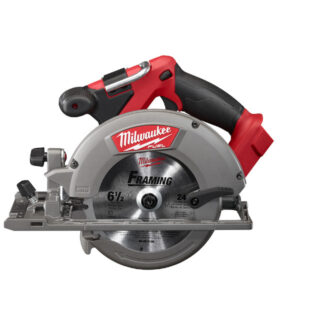Brushless vs. Brushed electric motors: what’s the difference?
Conventional brushed motors have four parts: a ring of magnets, an armature with windings, a commutator and a set of carbon brushes.
The magnets and brushes remain stationary, while the armature and commutator rotate together on the motor shaft within the magnets.
A brushless motor does not need the brushes or the commutator. The locations of the ring of magnets and armature windings are reversed: The magnets are on the conventional motor shaft and the copper windings of the armature are fixed and surround the shaft. A circuit board replaces both the brushes and the commutator and controls the electronic transfer of energy within the motor.
So, what is the Brushless advantage?
Efficiency
Brushless motors are more efficient because there is no friction loss from brushes rubbing against a commutator.
Computer controlled electronic commutation is more precise than the mechanical commutation of brushed motors.
Unlike in brushed motors there is no drop in voltage from dragging brushes.
These efficiency advantages save battery life and make for greater power and longer runtime than brushed motors of the same size.
Performance
Brushless motors run cooler, quieter, and with less vibration.
The absence of brush arcing reduces radio frequency and electrical noise that can interfere with electronics.
Unlike brushed motors brushless motors are just as powerful in reverse as in forward.
The electronic delivery system means higher torque and increased efficiency throughout the whole power range and better control of the tool at lower RPM’s.
Brushless technology makes possible a smarter tool because an electronic signal communicates directly with the windings and will adjust to the task at hand instead of going full-bore all the time.
When the motor detects reduced resistance it draws less power only taking enough battery power to do the job at hand.
Durability
Fewer parts and no brushes to wear out mean longer tool life.
The lack of electrified windings on the rotor reduces heat at the core of the tool, where it’s more difficult for it to dissipate.
Design
With greater power density, brushless motors can be smaller and lighter for a given level of output than brushed motors.
Electronic control makes it easy to add performance features such as multiple speed settings, soft-start, and soft-fade when the tool is switched off.
In short, brushless technology delivers longer motor life, more power and more run-time.


